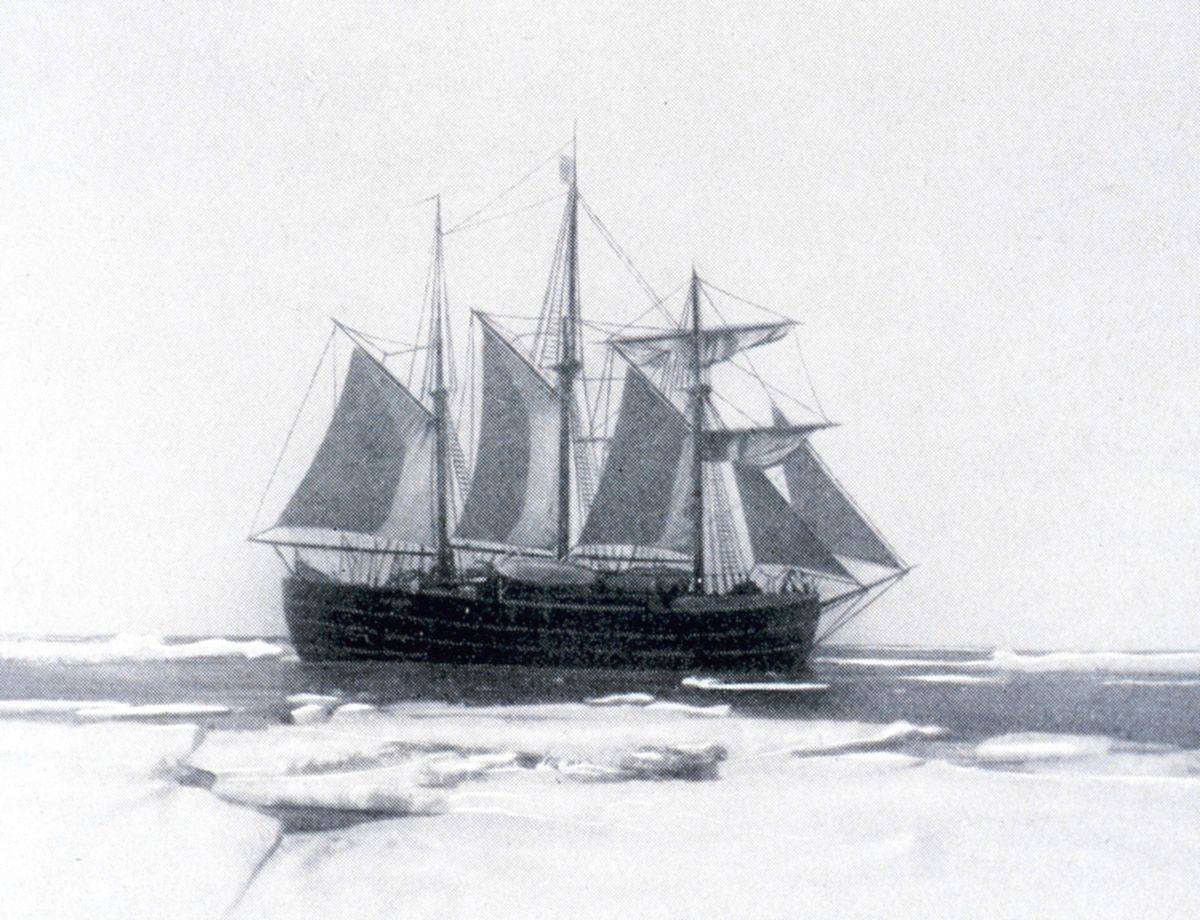Few men in recent times have displayed the obsessive desire for exploration more clearly than Roald Amundsen. The intrepid Norwegian was the first person to have visited both North and South Poles, and he was also the first to reach the South Pole in 1911.
His 1926 air expedition to the North Pole came 17 years after Robert E. Peary became the first man to reach it (this is open to debate according to historians). Alas, the great explorer did not have the storybook ending one would hope.
Early Life & Explorations
Amundsen was born in the town of Borge, Norway on July 16, 1872. Although he was born into a family of captains and ship-owners, it appeared as if Amundsen was destined for a very different career. He promised his mother that he would become a doctor and went to university to get his qualifications. However, as soon as she died, when he was 21, he left university and began his legendary career as an explorer.
His first foray into the world of exploration was in the Belgian Antarctic Expedition which began in 1897 and ended in 1899. Amundsen was a crew member on board the RV Belgica, and the expedition was the first to spend winter in Antarctica. The crew faced great peril when the ship became locked in ice.
They were trapped and poorly prepared, but they survived due to the ship’s doctor, Frederick Cook (he later claimed to have reached the North Pole in 1908). He knew the crew could die from scurvy due to a lack of vitamin C, so he hunted animals in the knowledge that fresh meat contained enough of the vitamin to stave off the condition. The crew survived, and Amundsen gained valuable exploration experience.

ADVERTISEMENT - CONTINUE READING BELOW
Amundsen and the Northwest Passage
Amundsen’s first attempt at leading an expedition was an unqualified success. In 1903, he decided to travel across the Northwest Passage between the Atlantic and Pacific oceans.
Rather than getting bogged down with a large ship and crew, Amundsen traveled light and made the journey with a crew of six aboard the Gjoa, a 45-ton fishing vessel with a small gasoline engine. His plan was to keep the ship close to the coast.
The crew spent the first two winters at King William Island in what is modern-day Nunavut, Canada. The knowledge Amundsen gained from the local Inuit people, the Netsilik, proved crucial in his later quest to reach the South Pole. They showed him the benefits of using sled dogs to transport items and also that wearing animal skins kept him warm even when wet.
The expedition went west through Cambridge Bay before eventually reaching the Canadian Arctic Archipelago in August 1905. The crew halted the mission for the winter before moving on to Nome.
Amundsen completed a 1,000 roundtrip from Nome to Eagle City in Alaska to wire a message outlining his success from a telegraph station on December 5, 1905. His decision to use a smaller ship was a brilliant one because the water became as shallow as three feet during the journey; a larger ship would not have made it.
During his time away, Amundsen learned that Norway was now independent of Sweden and had a new king, Haakon VII. He sent a message to the new ruler stating that the mission was a great achievement for the nation. The Gjoa finally returned home in December 1906 after a mission that lasted almost three and a half years. However, Amundsen was only getting started.

